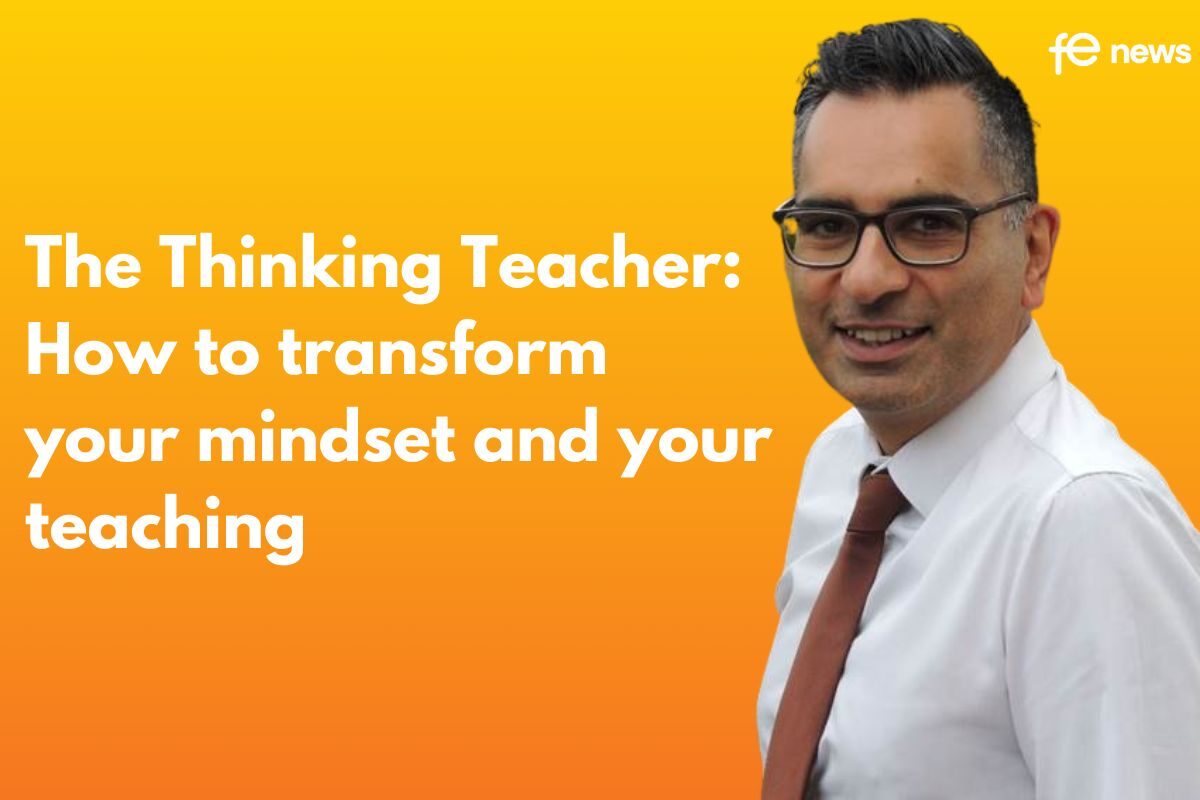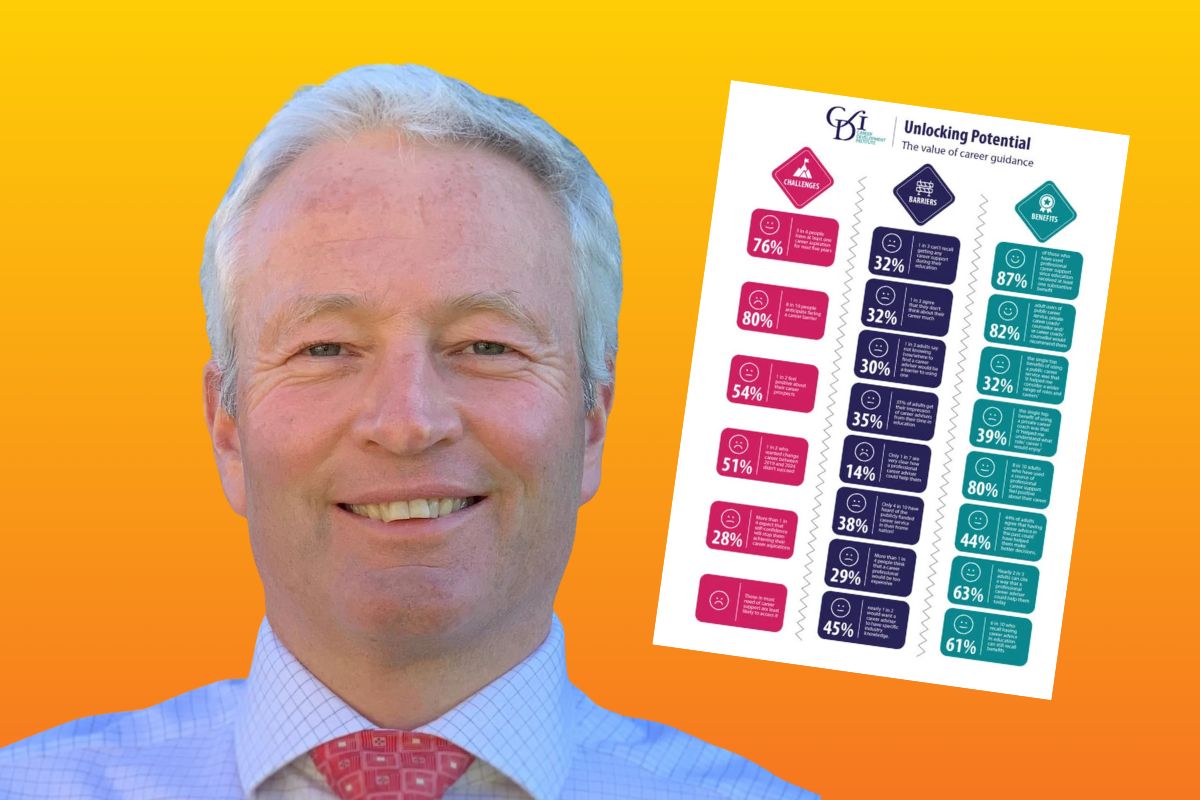The Thinking Teacher: How to transform your mindset and your teaching

‘The greatest influence on the quality of students’ learning in schools is the quality of teaching. This book is based on the best available evidence on how to maximise a teacher’s effectiveness in the classroom.’ Dr Kulvarn Atwal
‘The Thinking Teacher, How to transform your mindset and your teaching’ by Dr Kulvarn Atwal, published by John Catt Educational offers a current guide and resource for teachers at every level to transform their thinking and approach to teaching and learning, and enhance their practice in the classroom. Dr Kulvarn, an educational professional learning expert demonstrates how to make a positive impact on every single student by becoming a reflective practitioner and a ‘thinking teacher’.
Filled with practical strategies ‘The Thinking Teacher’ is essential reading not only for teachers beginning their careers, but also for those at any level of experience who are interested in continuing to improve their teaching.
The book illustrates Dr Kulvarn’s practical experience as Executive Head and Learning Leader at two large primary schools, alongside years working with student teachers and Early Career Teachers and researching teacher engagement in professional learning activities.
Chapter one asks the question – ‘Why become a Thinking Teacher’ and guides the reader through a self-reflective conversation, considering motivations and underlying values and how this influences approaches to teaching. It demonstrates the importance of personal professional learning and the impact this can have upon students’ learning.
In chapter 2, Dr Kulvarn begins to explore how by developing the mindset of a thinking teacher, the learning experiences of every student can be transformed. From the perspective of a student – what does it feel like to be a learner in the inherent complexity of the classroom? How can we create and nurture effective conditions for learning for all students?
The following chapter outlines strategies which support individual development as a reflective practitioner. These approaches become a natural part of teaching and engagement with students as well as an essential part of developing as a lifelong learner.
In Chapter 4, Dr Kulvarn shares his understanding and experience of participating in action research, peer learning, lesson study and appreciative enquiry. He outlines specific activities that thinking teachers are expected to engage in to support their professional learning.
The final chapter builds upon the reflective practice and activities previously discussed and the reader is invited to consider the value of developing their understanding of assessment for learning, dialogic teaching (oracy) and metacognition to enable the greatest possible impact on each student.
Commenting on the book, Dr Kulvarn said,
‘The Thinking Teacher is for every person who loves to teach and wants to be the best they can be – for those who don’t want to play safe and do what they have always done and are passionate about growing, learning and improving.’











Responses